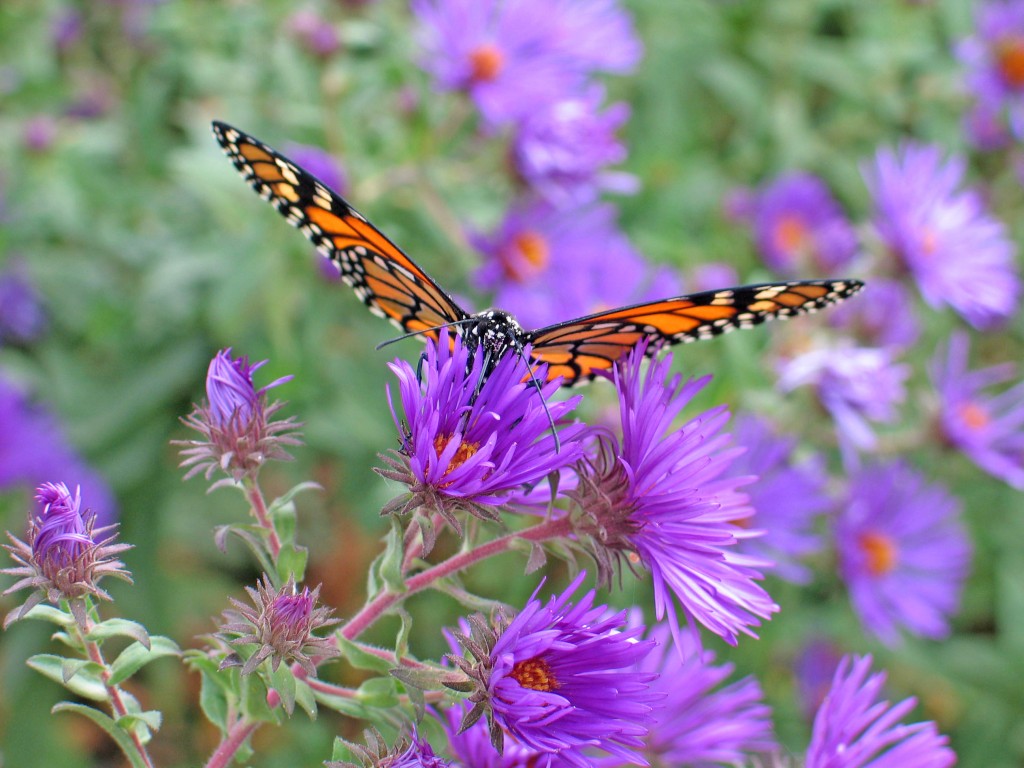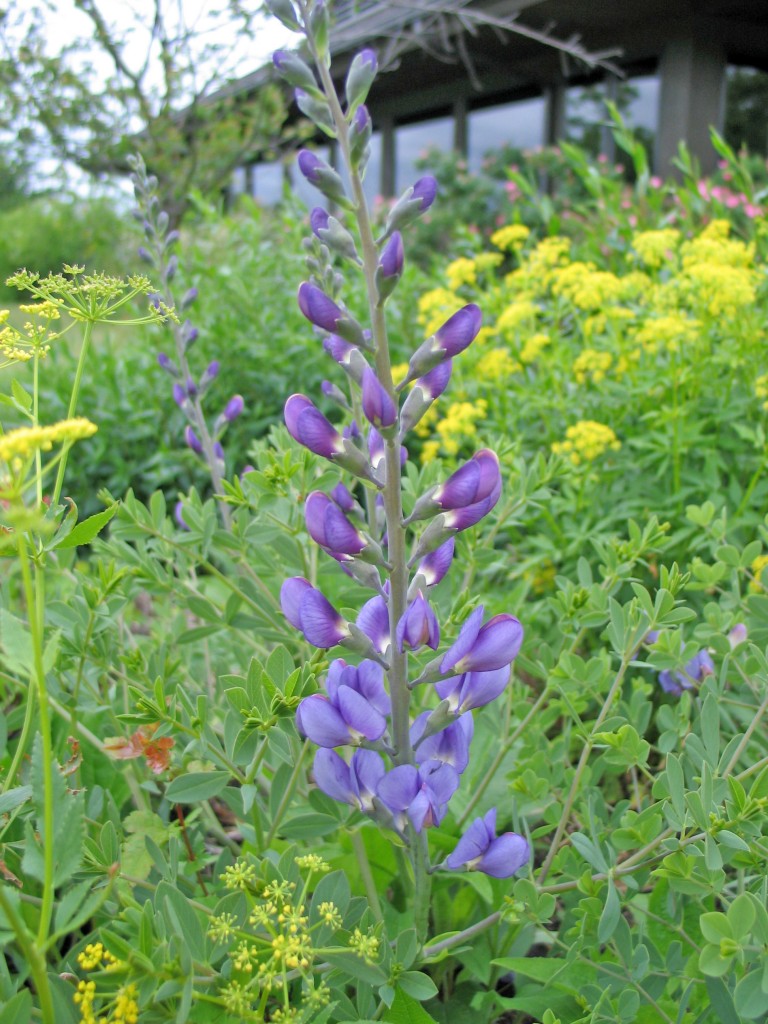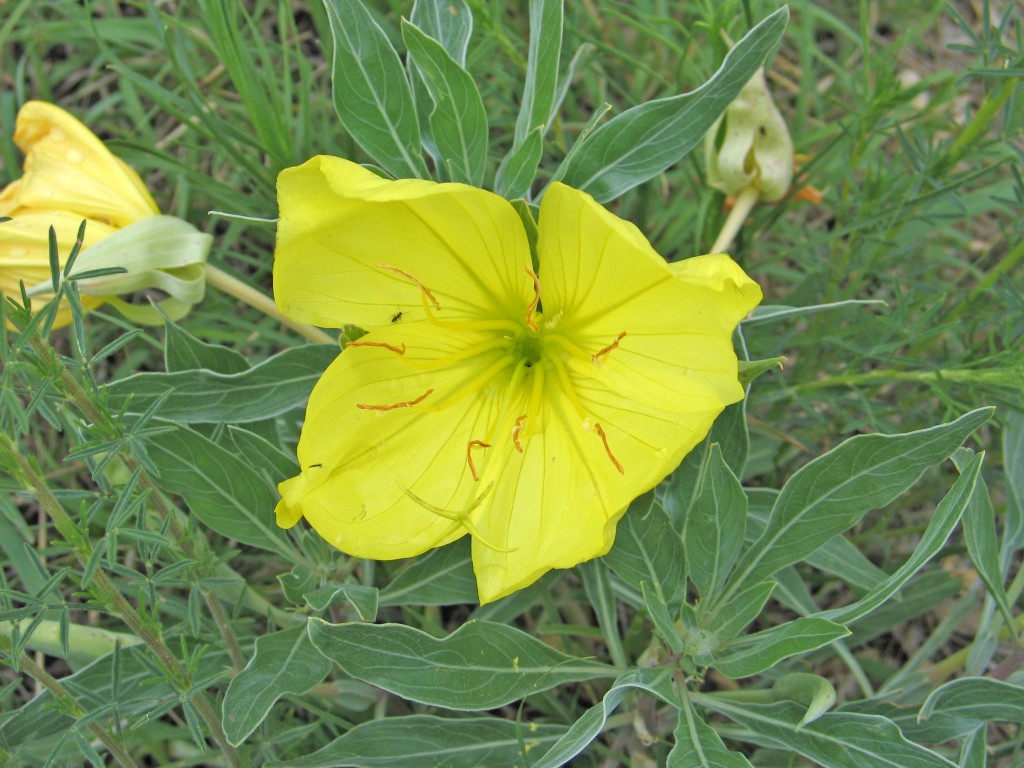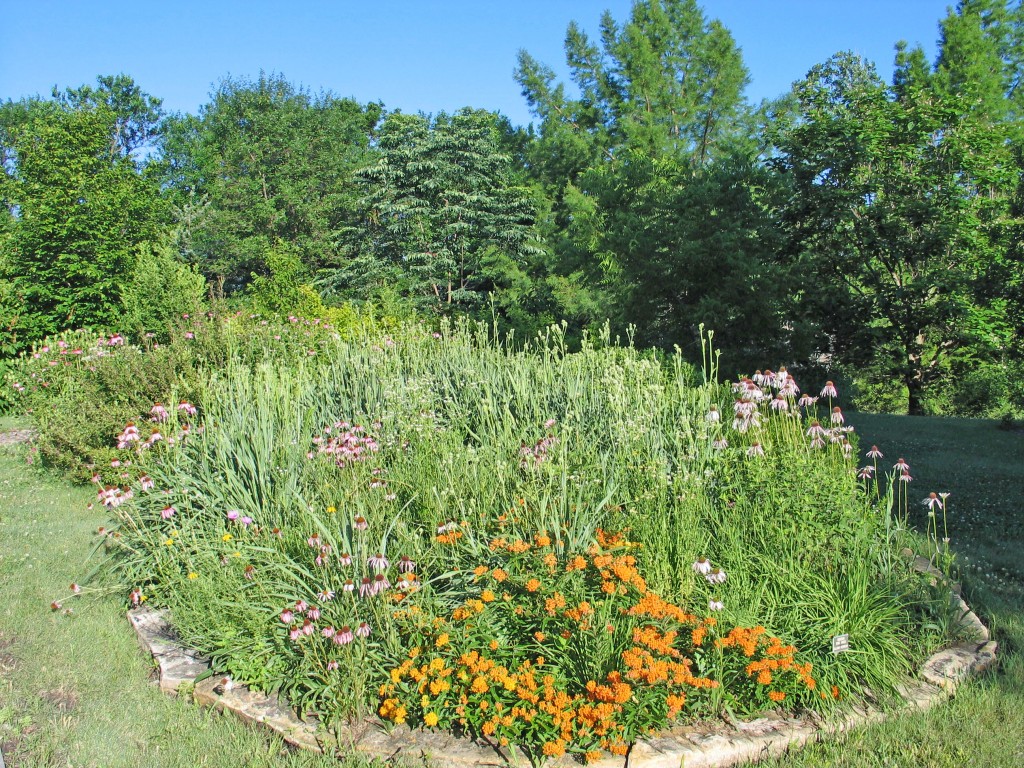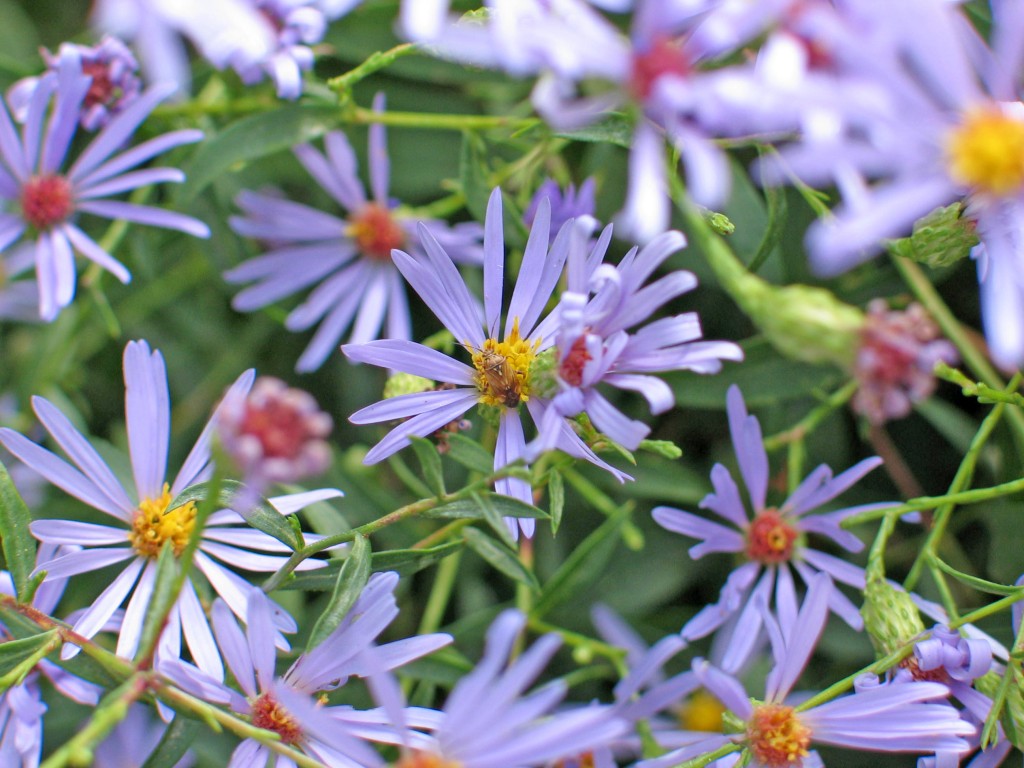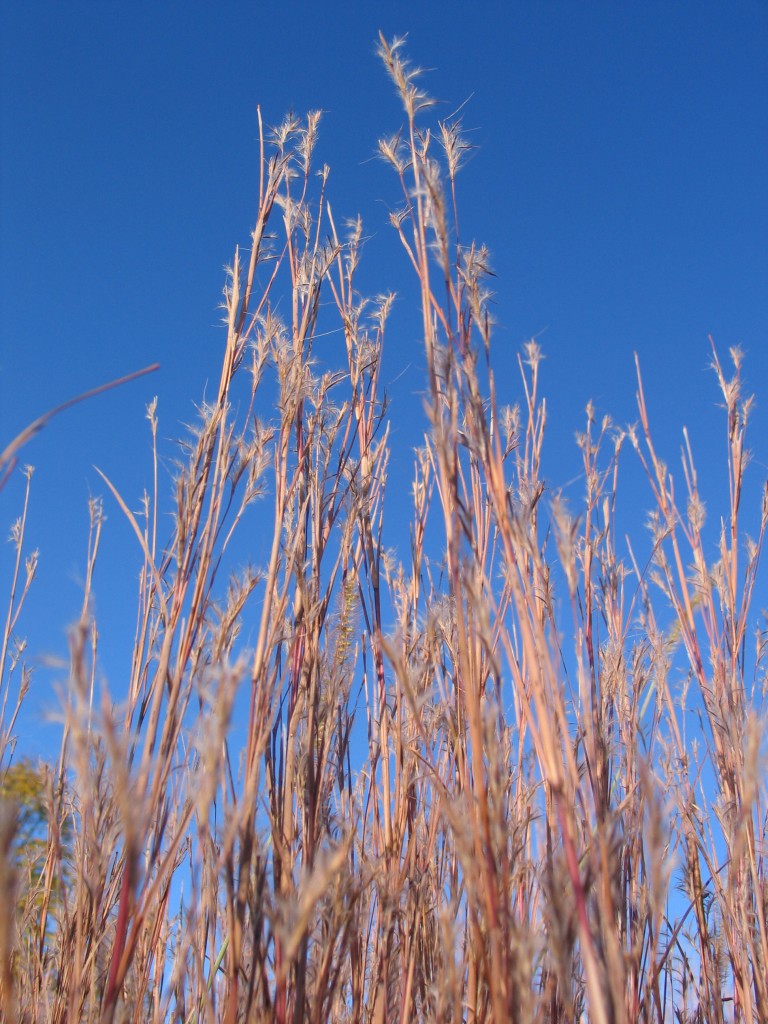Late summer to early fall is the best time to establish perennial wildflowers, grasses, and shrubs. With cooler, wetter fall and spring seasons to begin to establish deep, long-lived root systems, plantings at this time of the year have the greatest chance of survival. Our Dyck Arboretum members understand this reality well and are strong attendees at our September plant sale.
With a couple decades of experience seeing native plants in their natural habitat and helping folks establish these plants in their home and school landscapes, I have come to most commonly recommend some favorite species. Criteria for choosing these 27 species include the following:
Eye candy – attractive flowering in spring, summer or fall with species representing a variety of colors and heights;
Bio-diversity – ability to attract insects with tasty foliage, sweet nectar, and/or cover (insects attract many other forms of wildlife too);
Durability – all new transplants require TLC in the first year, but once established in favored conditions, these species are Kansas-hearty;
Good behavior – all happy plants create offspring with their seeds, but if given the space needed for their natural growth form, these selections are not vegetative-spreading bullies;
Full sun, average soil – thriving in at least six hours of sunlight and with soils possessing moderate amounts of silt, clay and moisture.
SPRING
- Amsonia hubrechtii – narrow leaf blue star, 18-24”
- Baptisia australis var. minor – blue false indigo, 15-24”
- Callirhoe involucrata – purple poppy mallow, 6″
- Ceanothus americanus – New Jersey tea, 24-36”
- Oenothera macrocarpa – MO evening primrose, 8-10”
- Penstemon digitalis – smooth penstemon ‘Dark Towers’, 30”
- Tradescantia ohiensis – Ohio spiderwort, 30-36”
- Verbena canadensis – rose verbena, 8-18”
- Zizia aurea – golden alexanders, 24-36”
SUMMER
- Amorpha canescens – leadplant, 24-36”
- Asclepias tuberosa – butterfly milkweed, 20-24”
- Dalea purpurea – purple prairie clover, 15-18”
- Echinacea angustifolia – black sampson Echinacea, 18”
- Liatris aspera – tall gayfeather, 24-36”
- Monarda fistulosa – beebalm, 36-48”
- Rudbeckia missouriensis – MO black-eyed susan, 12-18”
FALL
- Allium stellatum – prairie onion, 10-20”
- Asclepias incarnata – marsh milkweed, 36-48”
- Aster oblongifolius – aromatic aster ‘October skies’, 18”
- Salvia azurea – blue sage, 36-48”
- Solidago nemoralis – gray goldenrod, 12-36”
- Vernonia lettermanii – ironweed ‘Iron Butterflies’, 30-36”
GRASSES
- Bouteloua gracilis – golden blue grama ‘Blonde Ambition’ (warm season), 12-24”
- Koeleria pyramidata – June grass (cool season), 12-18”
- Panicum virgatum – switchgrass ‘Cheyenne Skies’ (warm season), 24-36”
- Schizachyrium scoparium – little bluestem (warm season), 12-24”
- Sporobolus heterolepis – prairie dropseed (warm season), 12”
Your prairie garden planting strategy could go in a couple of different directions: 1) a high diversity, wild prairie look with a few plants of each of these species, or 2) a more focused horticultural look with say only a half a dozen of these species planted in higher frequency and purposeful clumps or patterns. As an ecologist, I historically leaned toward the former. But I also appreciate that our human landscaping sensibilities crave order, and thus find myself more each year leaning toward the latter when advising plantings.
There are many other fascinating features of these plants, including wildlife species specificity, cool pollination mechanisms, herbal/medicinal values, attractive textures/seed heads, and interesting cultural and natural history connections. Whatever your planting strategy you implement with your next garden, just know that selecting from these species will provide you a great start to a lifetime of rewarding and educational native gardening experiences.

